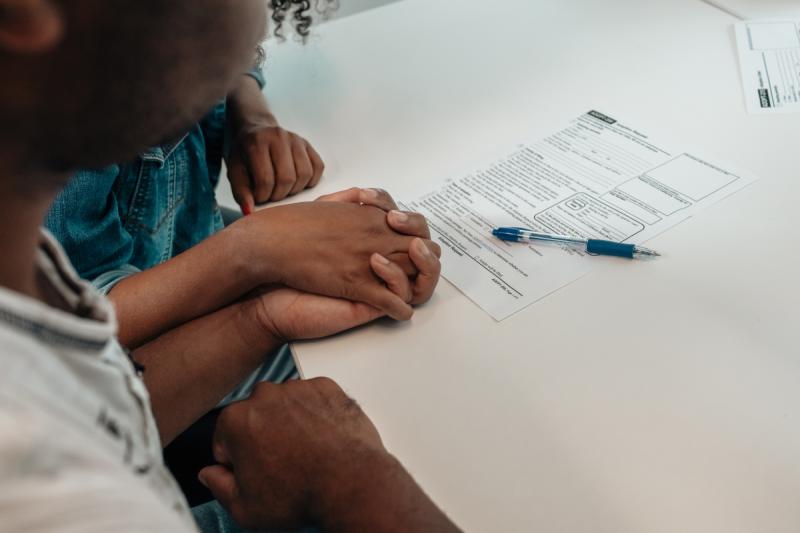Exploring Adoptive Families’ Privacy Through Multidisciplinary Research

How do families own and control private, adoption-related information, and what are the consequences that emerge? That’s the question explored in two forthcoming academic articles authored by two professors and an alumnus in the Communication Studies Department, as well as a professor in the Graduate School of Social Work.
Their research is grounded in communication privacy management theory, developed by Sandra Petronio, which asserts that people believe they have the right to control their own private information. While all parents act as proxy owners of their small child’s private information, transracial adoptive parents often find themselves as proxy owners of their children’s private medical history, birth parent identity and cultural history that the adoptive parents may or may not choose to share.
“So, when transracial, international adoptive parents act as proxy owners, they do so in a uniquely challenging context, in that the information that others may ask for — like the reasons why the child was available for adoption, their pre-adoption experiences or the nature of siblings’ relationships to each other — can be particularly painful or can undermine the family relationships,” Associate Professor of Communication Studies Mary Claire Morr Loftus says.
With support from a Professional Research Opportunity for Faculty (PROF) grant, Morr Loftus, Professor of Communication Studies Elizabeth Suter, Associate Professor in the Graduate School of Social Work Michele Hanna, and alumnus Daniel Strasser (PhD ‘12), now an associate professor in communication studies at Rowan University, enacted a 166-family survey exploring adoptive parents’ proxy ownership of their children’s personal information.
“Across the child’s lifespan, parents tended to move toward less permeable privacy boundaries. In other words, the prototypical motivation change for parents was from an expressive need to the motivation of controlling or preventing hurting the child from sharing private adoption-related information,” Suter says.
These findings could help adoptive families consider the implications of sharing private information early in the process, and thus prevent them from disclosing private information that may be hurtful in the future. This can also help parents create boundaries to manage their experiences with privacy turbulence — instances where efforts to manage privacy are not successful.
Not only are these findings, published in articles forthcoming in Communication Quarterly and the Journal of Family Communication, important for adoptive families and adoption agencies to consider, but they also offer the scholarly community new ways of theorizing privacy management and coordination.
This important research was enhanced by Suter, Morr Loftus, Hanna and Strasser’s multidisciplinary, collaborative approach. Each collaborator brought different methodologies and knowledge to the project, and each was drawn to the work for personal and professional reasons.
“The collaborative nature of the work not only advanced the scholarship but also demonstrated the depth and power of collegiality that is vital to research and research teams working well and making a positive impact,” Strasser says.
Strasser, who was a second-year doctoral student when the project began, joined the project after talking with Suter and was drawn to the project out of a desire to understand family members’ emerging experiences through adoption. Suter’s experiences as a white, transracially, internationally adoptive mother informed her interest in this project and similar research over the last 15 years.
Morr Loftus came to the project with a scholarly interest in how families manage their privacy, and also became both a transracial, international adoptive mother and a biological mother over the course of the project. Hanna was drawn to the project in part due to her over 15 years of experience in domestic adoption and foster care.
“One of the most important lessons I learned through this project is how important it is to see your area of expertise through the eyes of those who are not as familiar with the topic, the concepts or the terminology. It forces you to critically look at your own assumptions and biases,” Hanna says.


